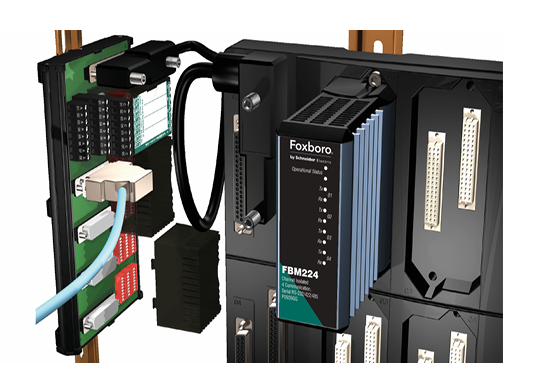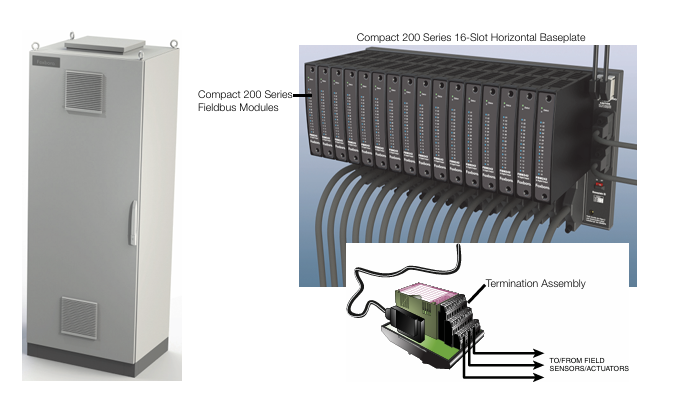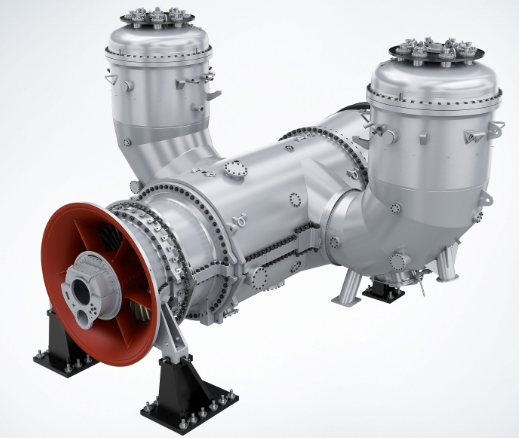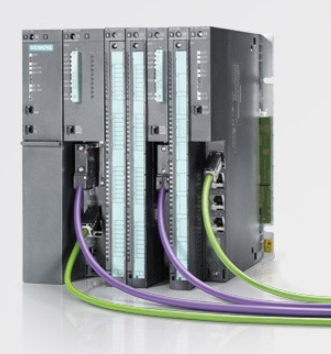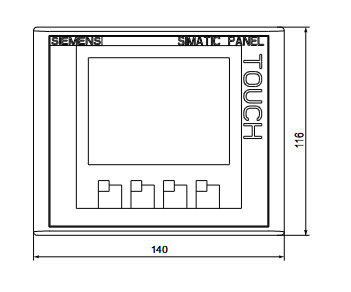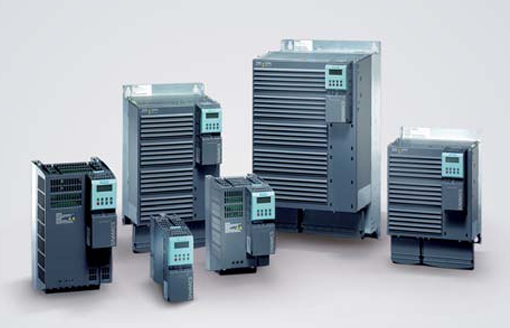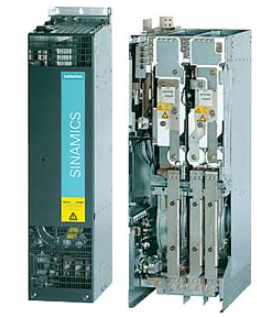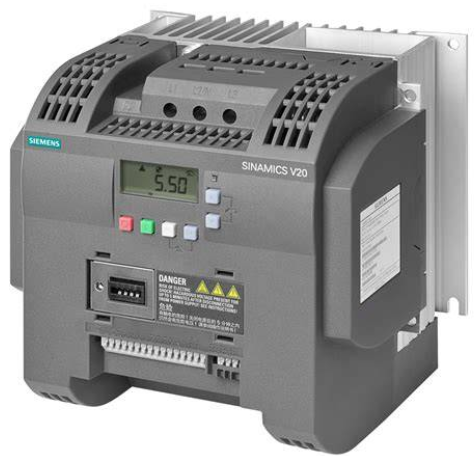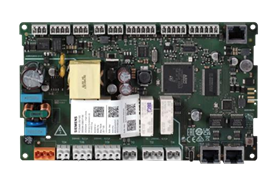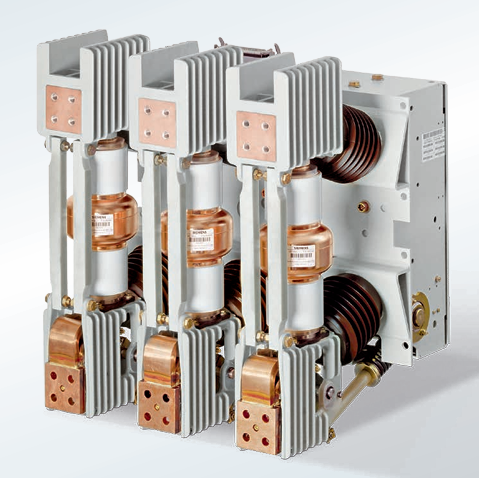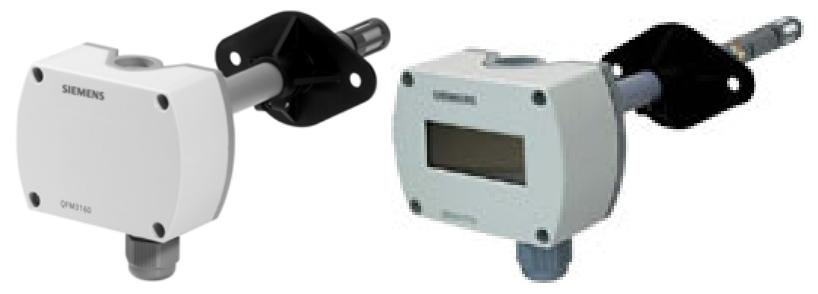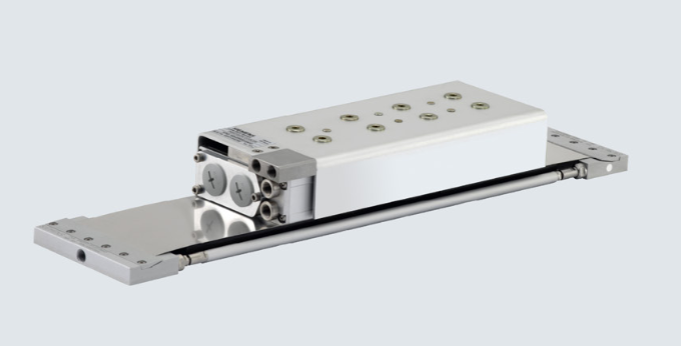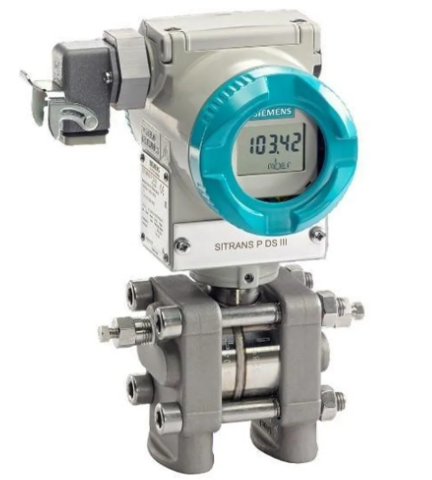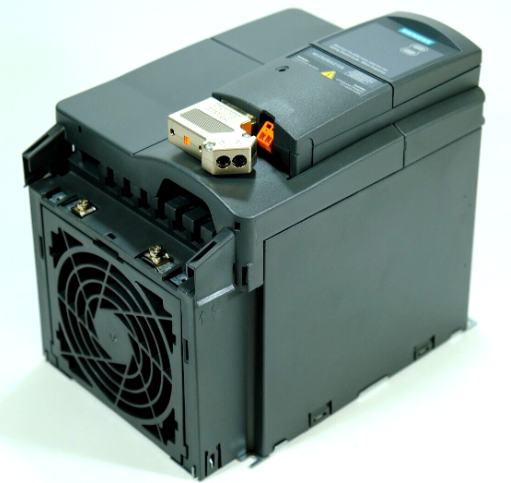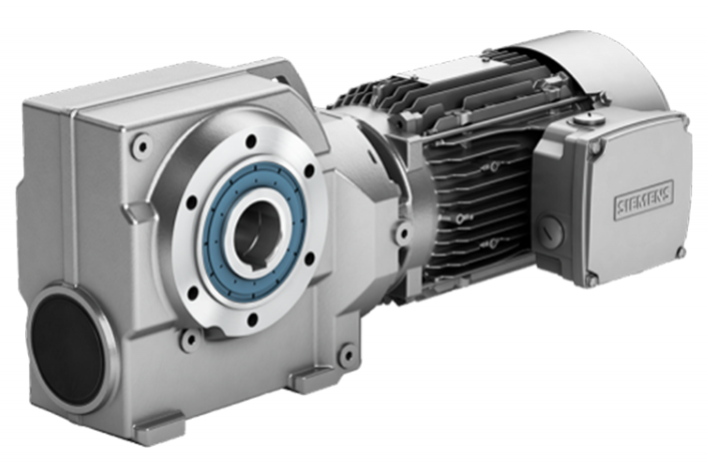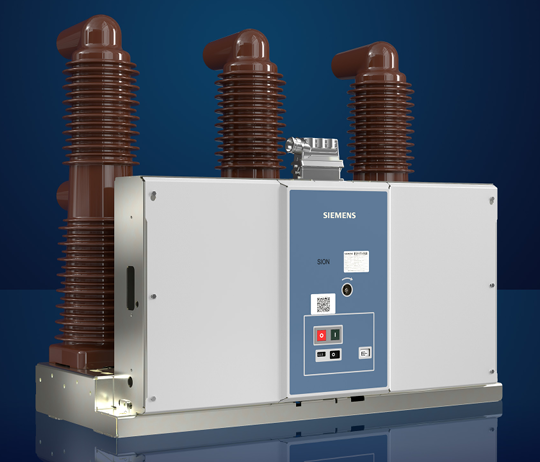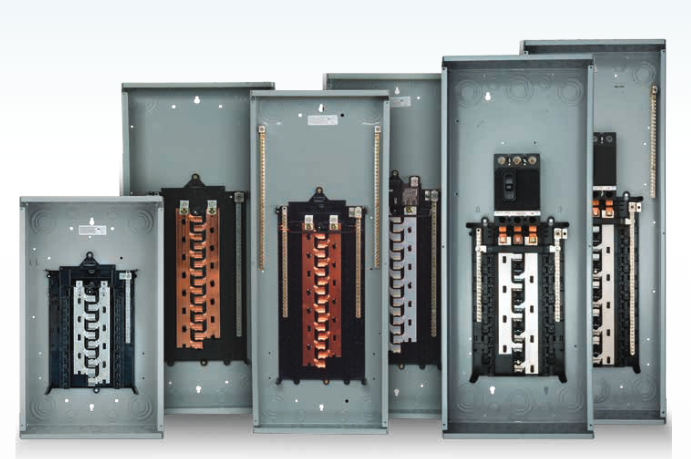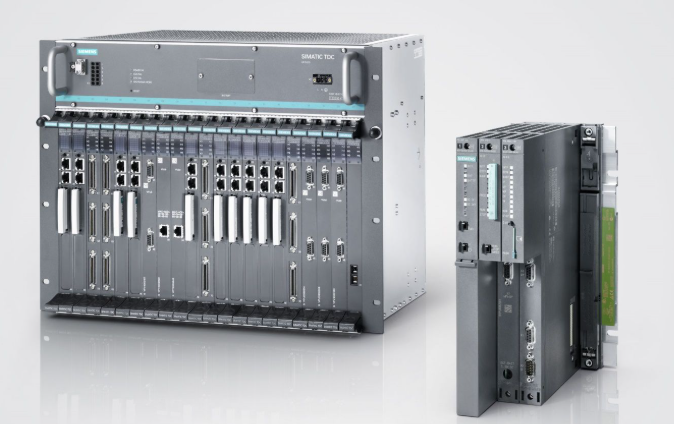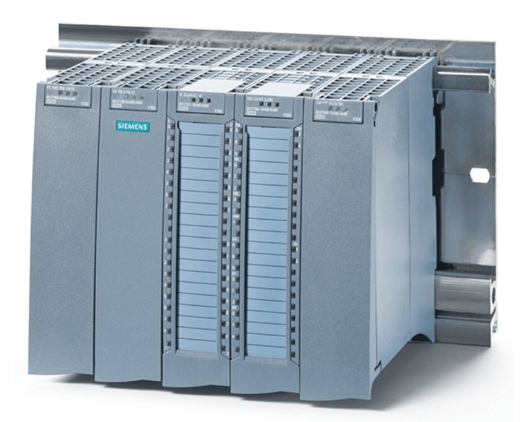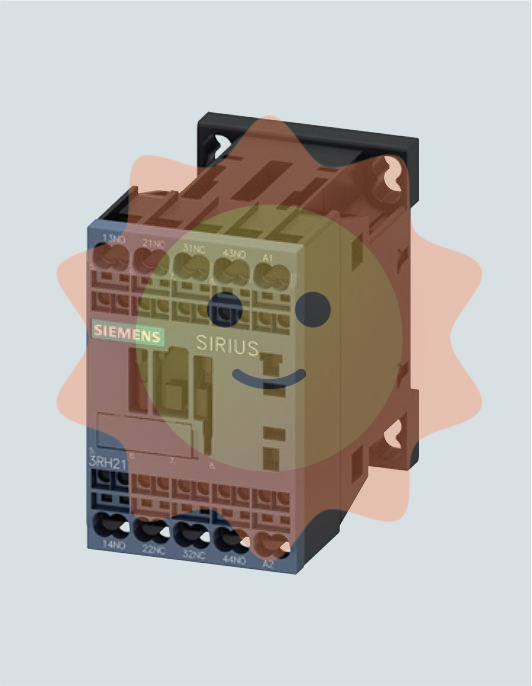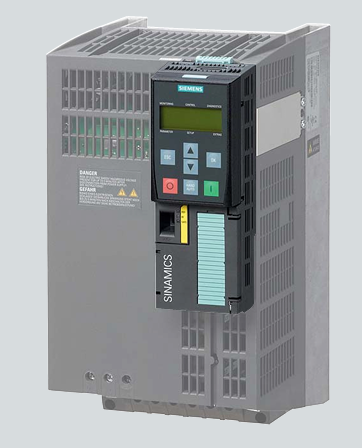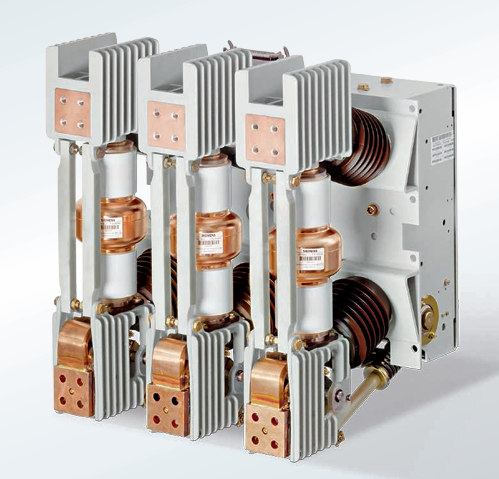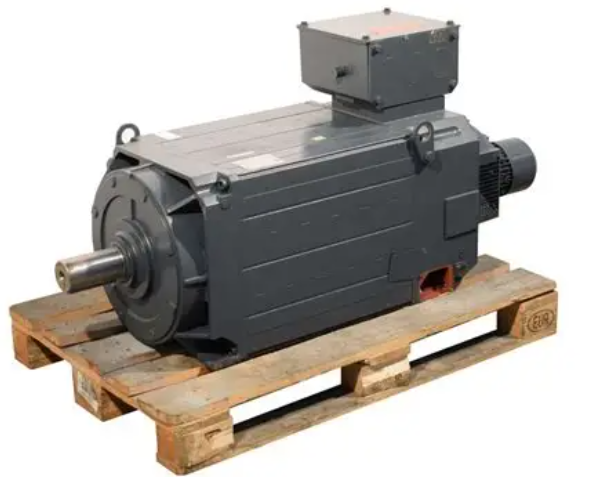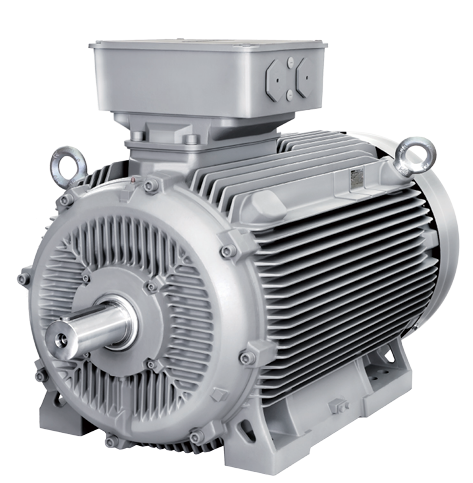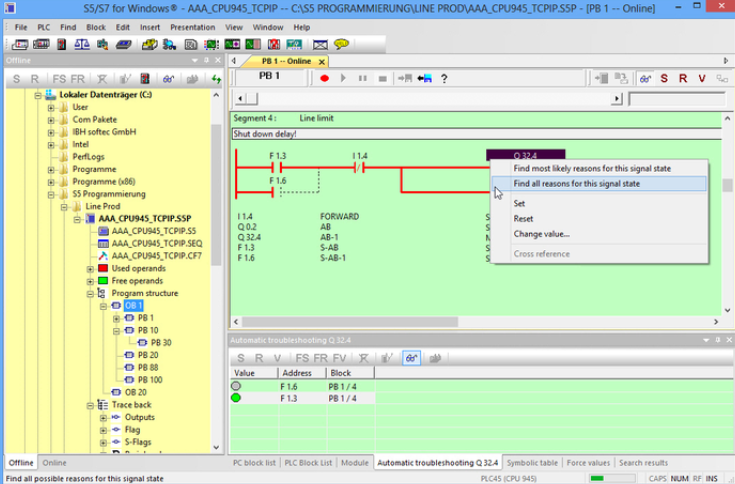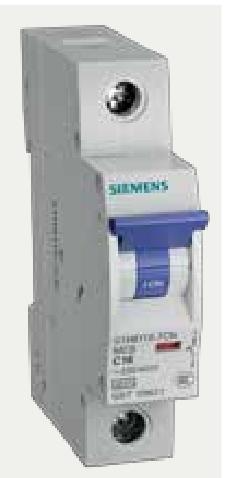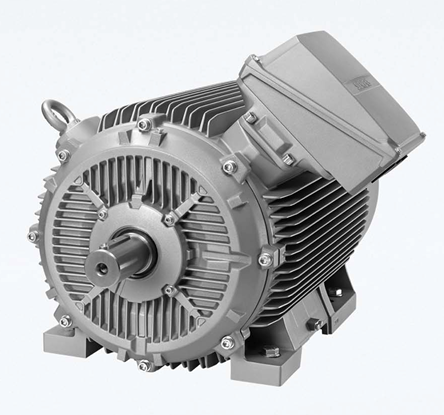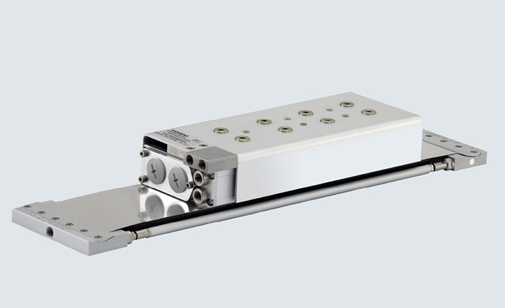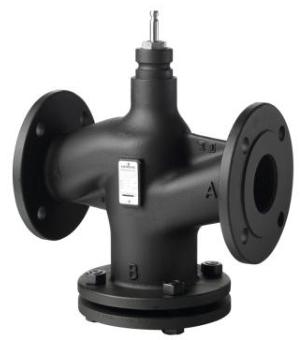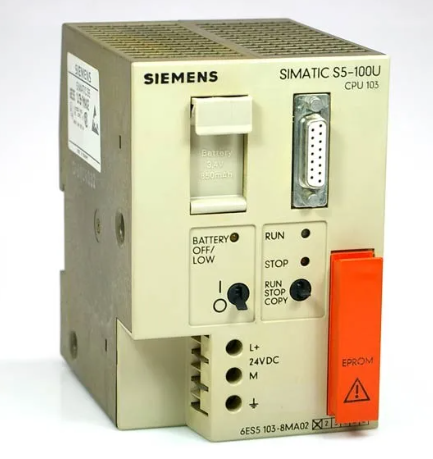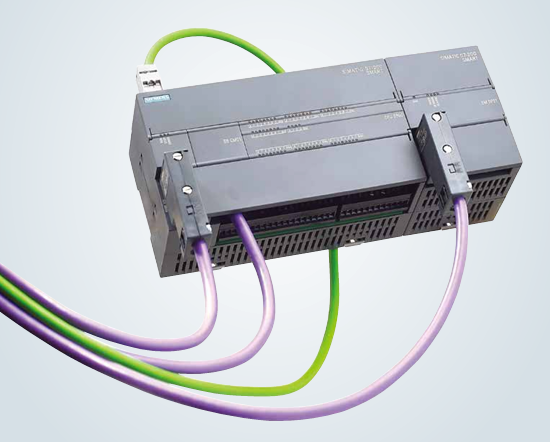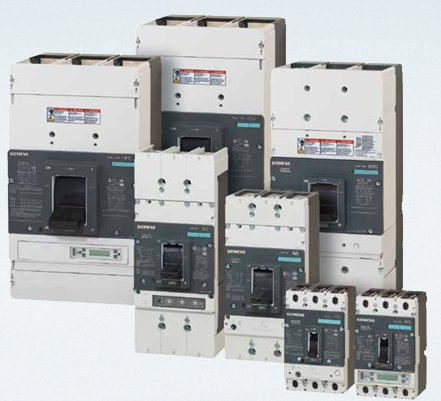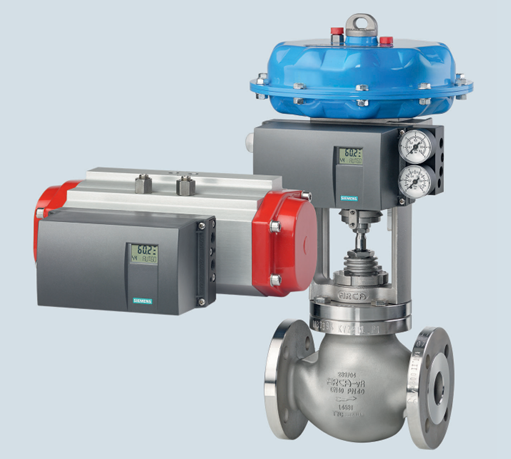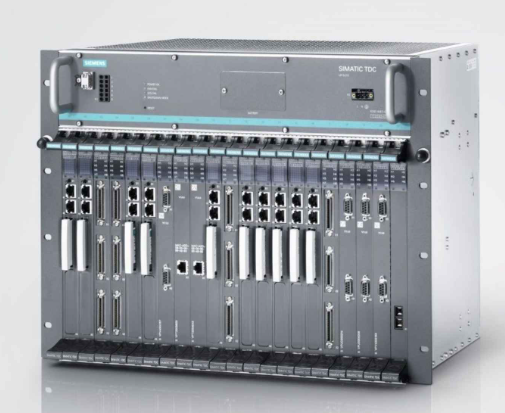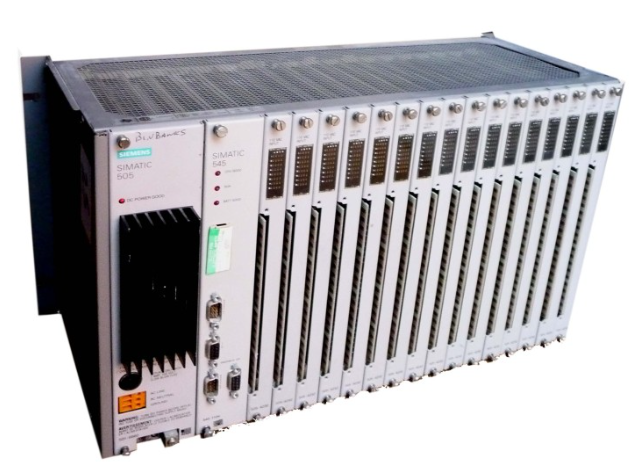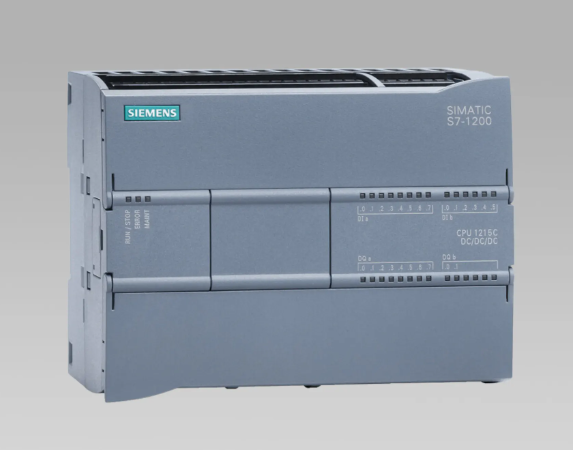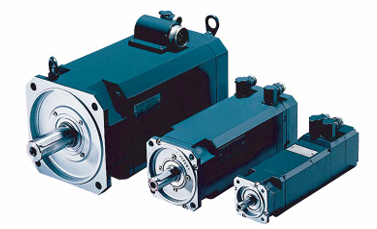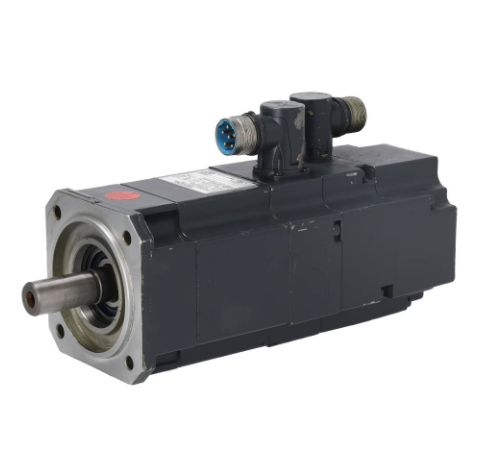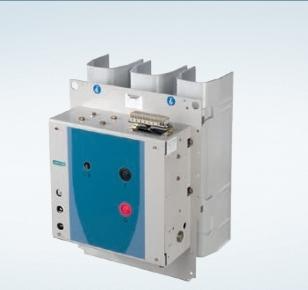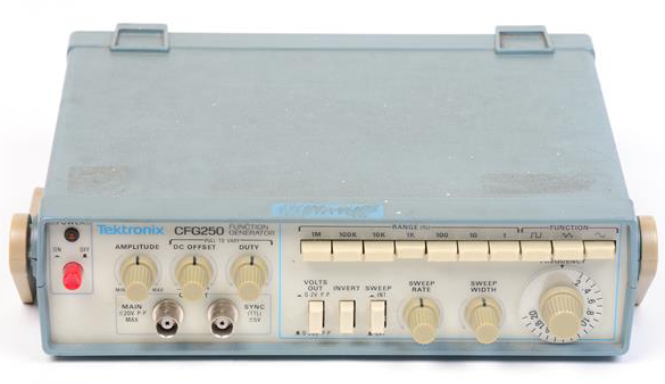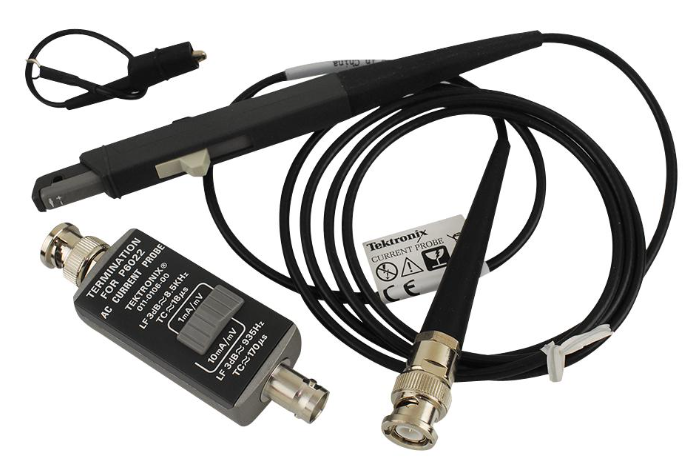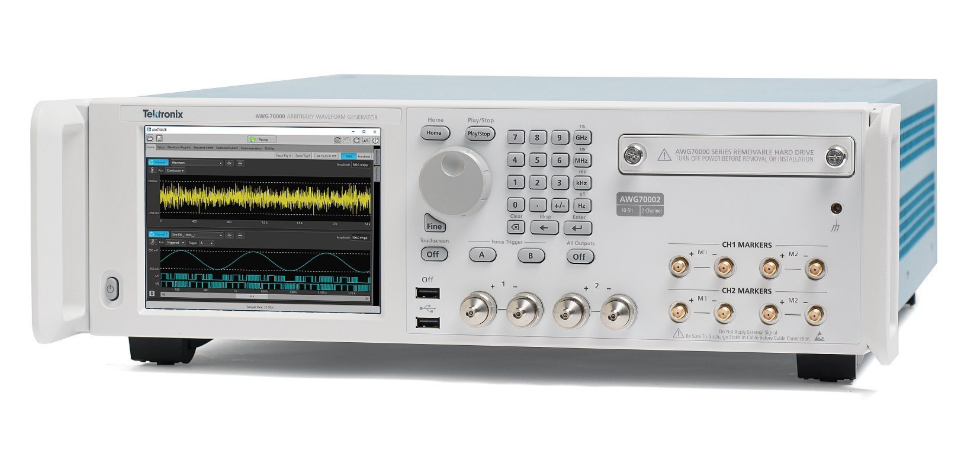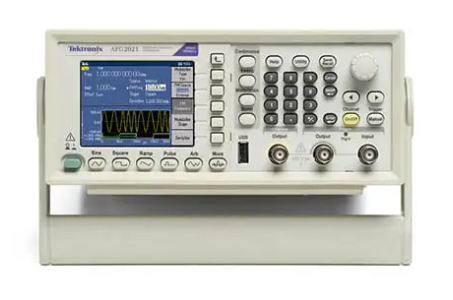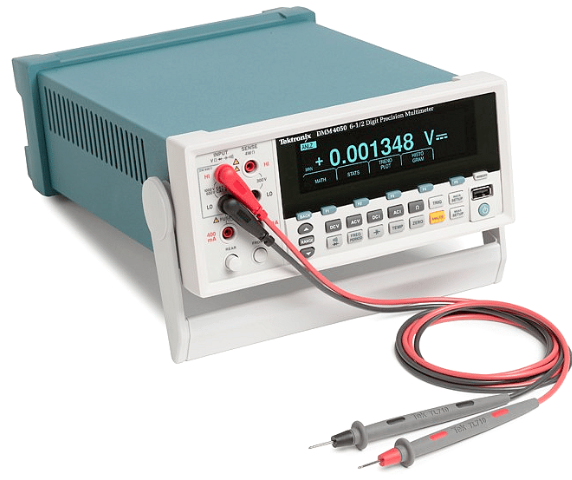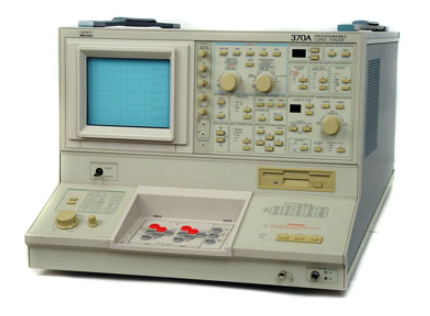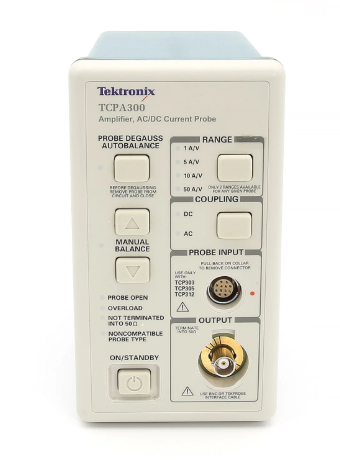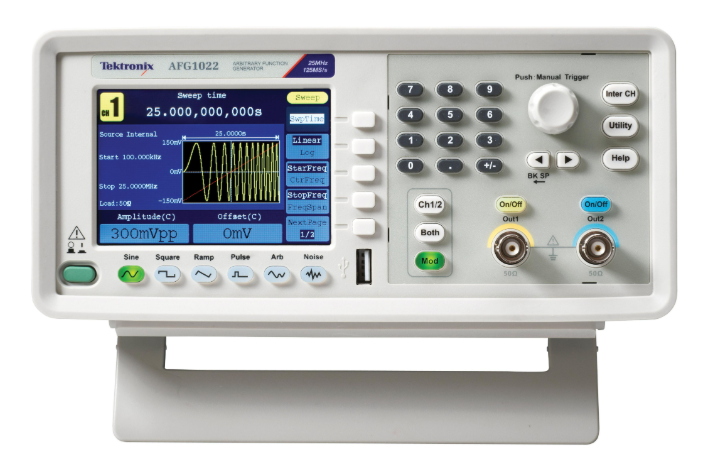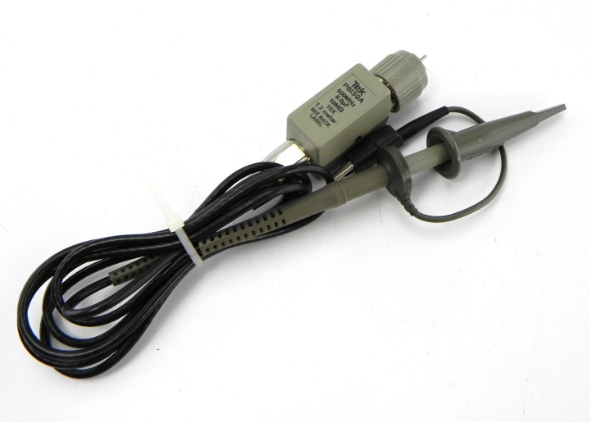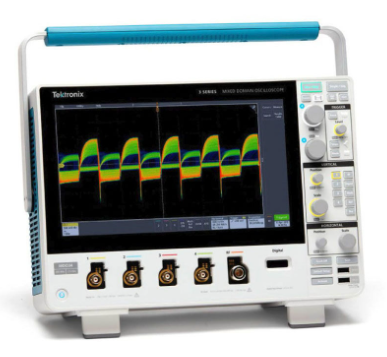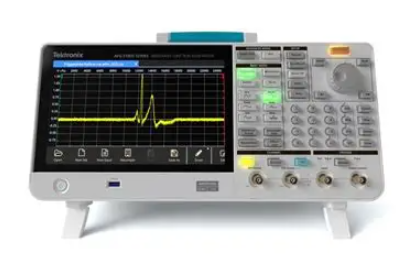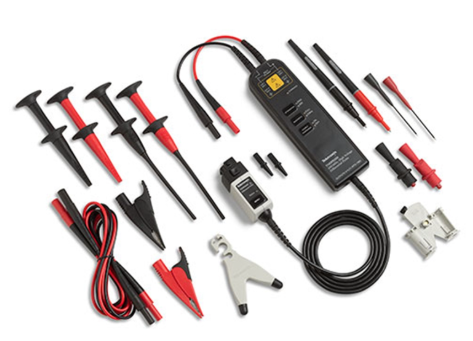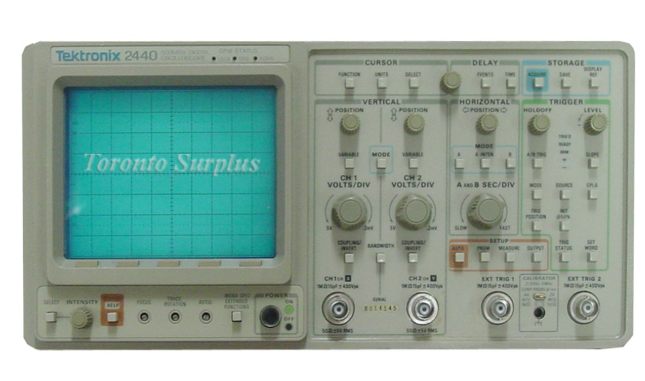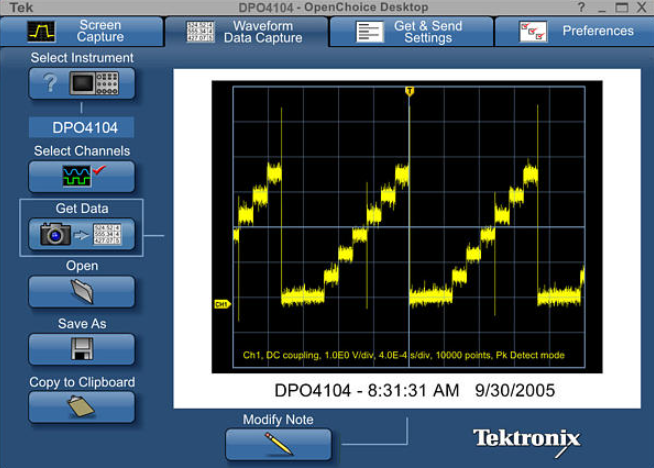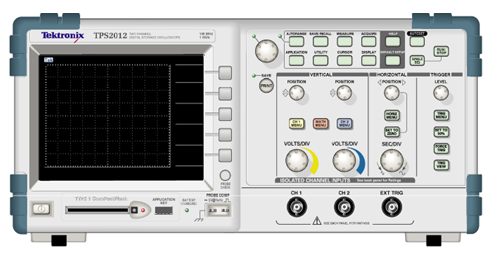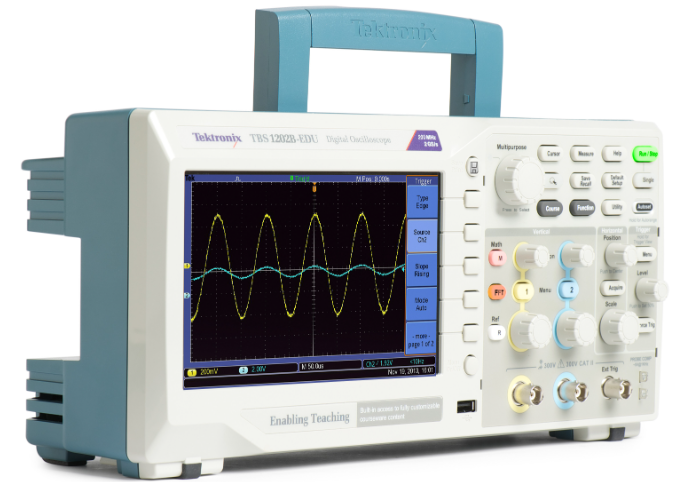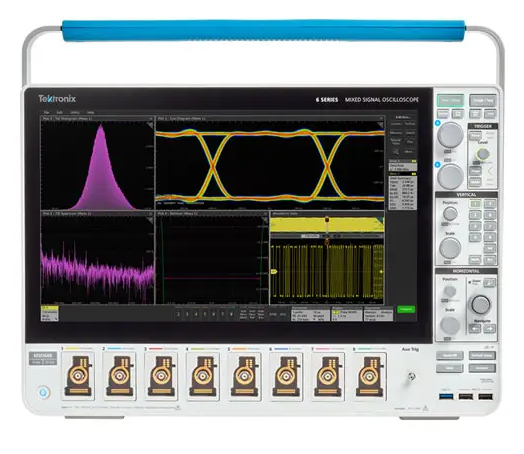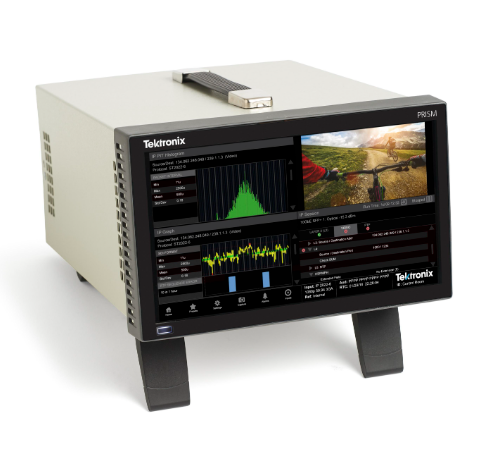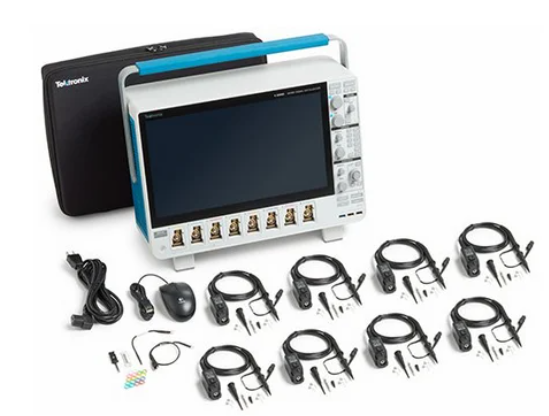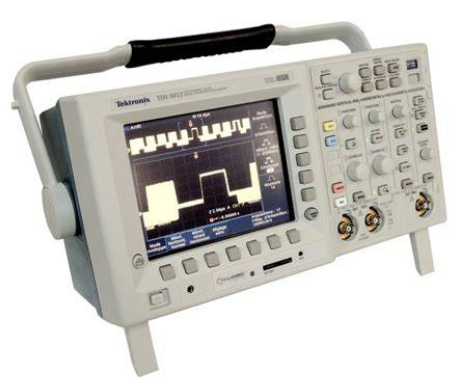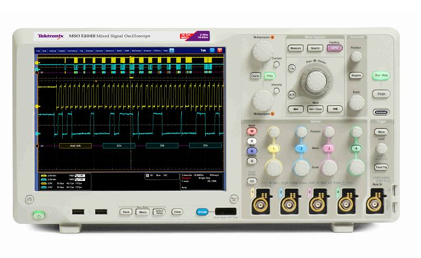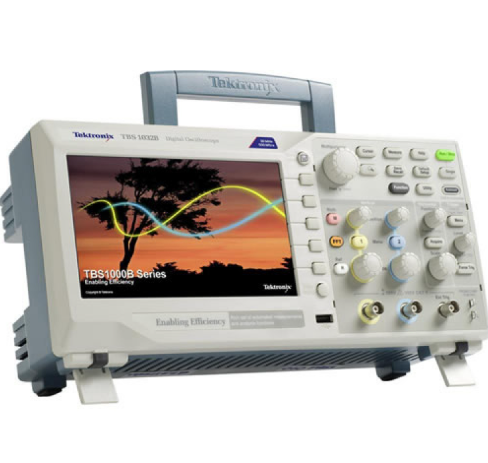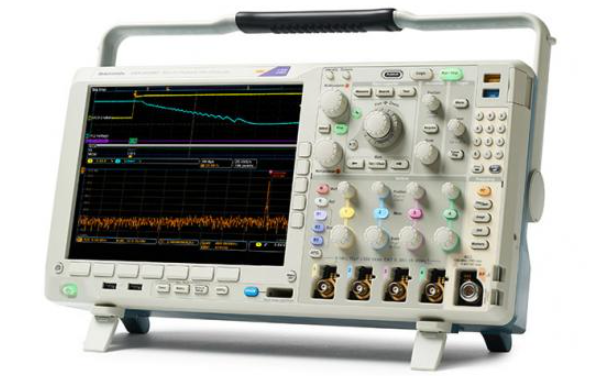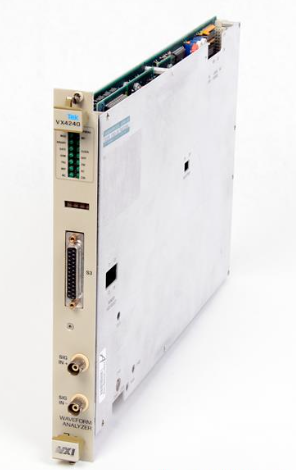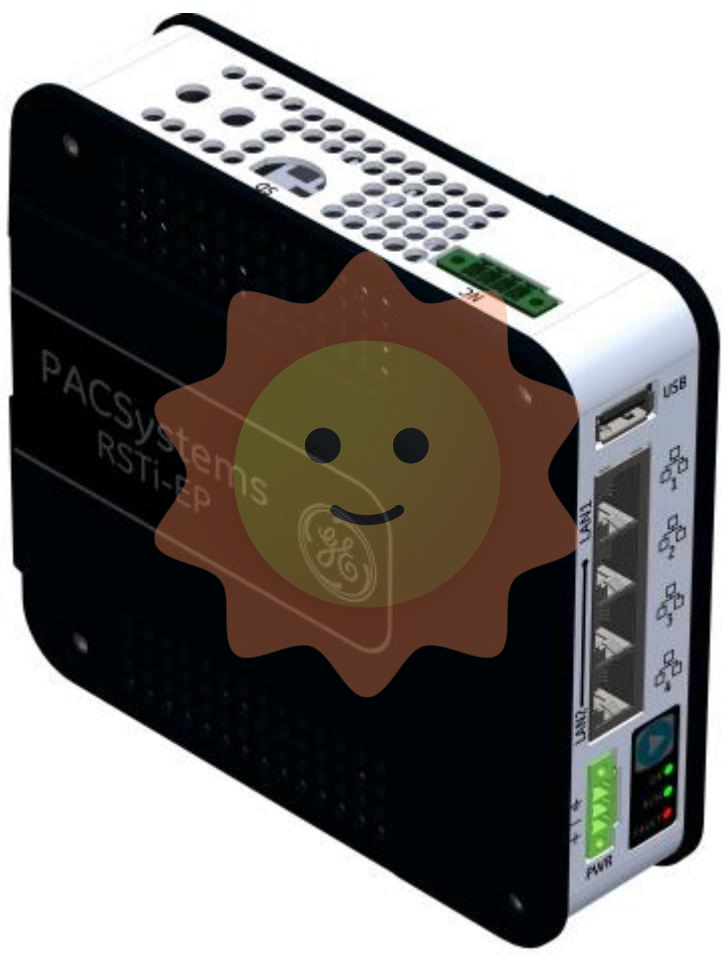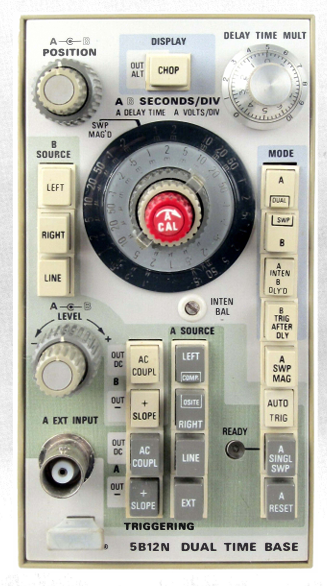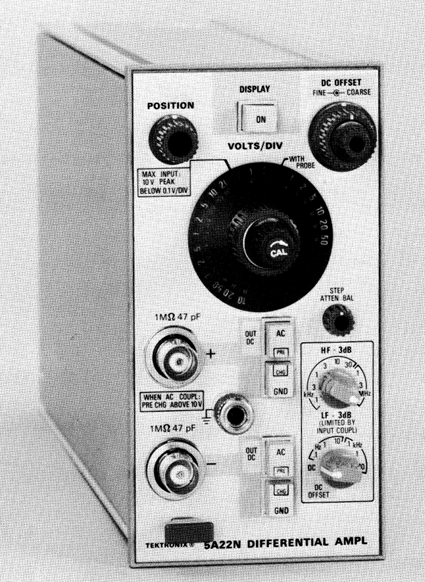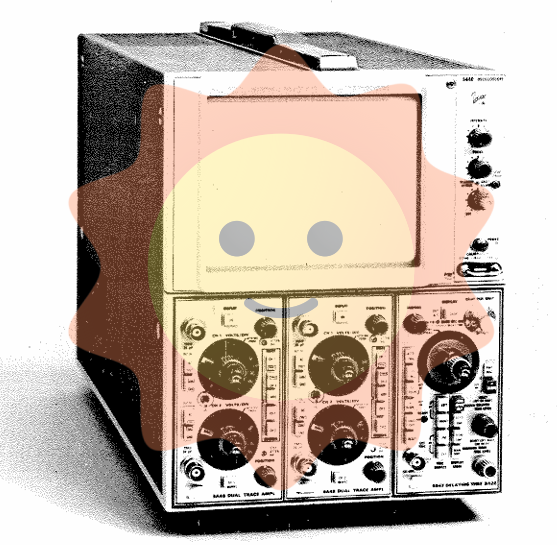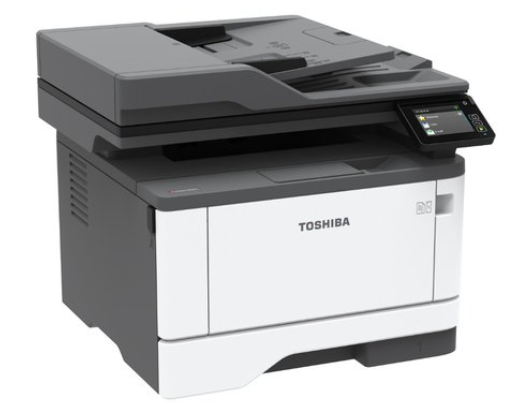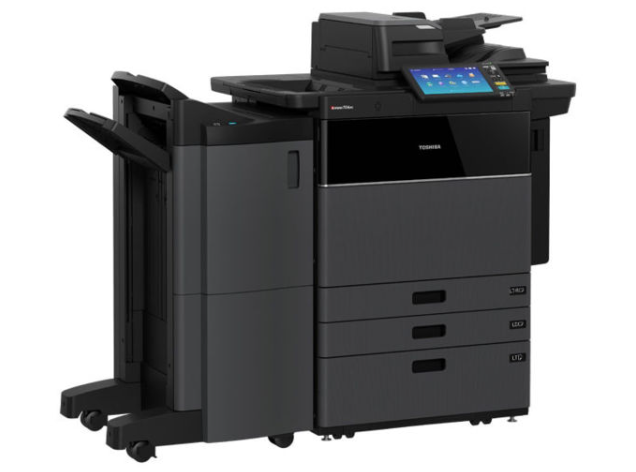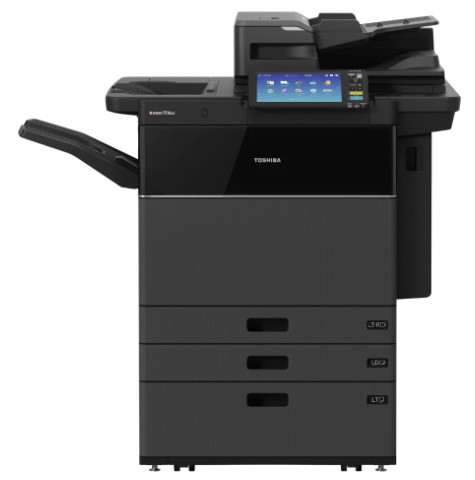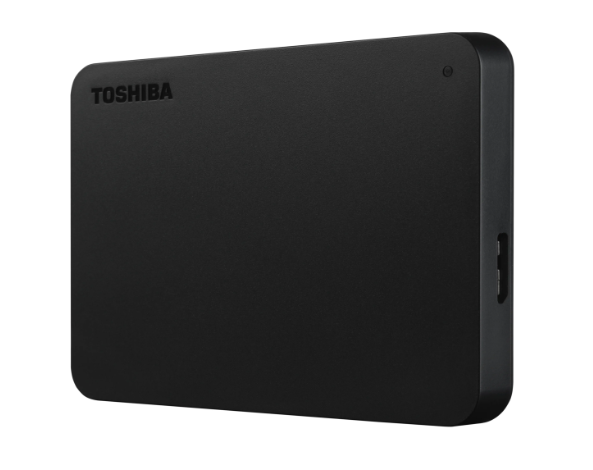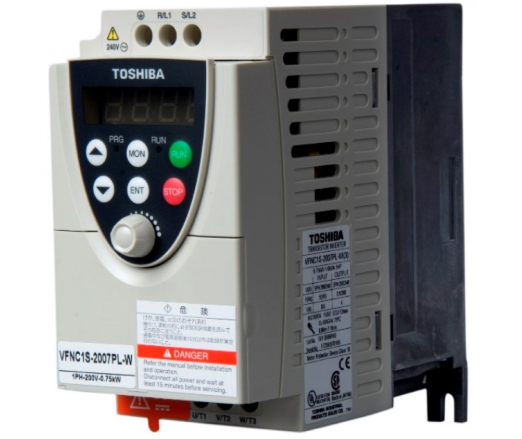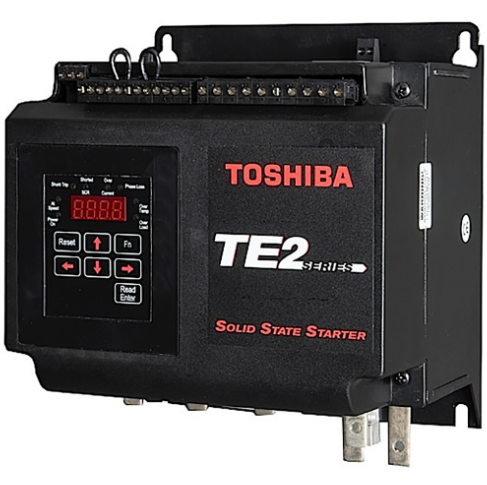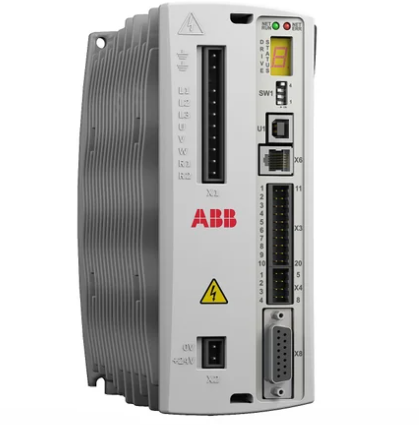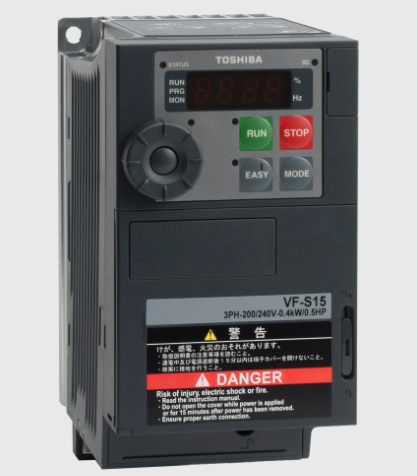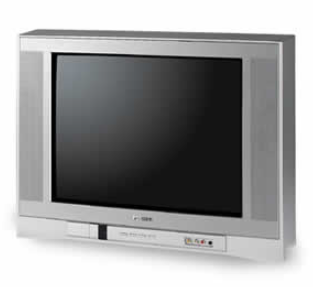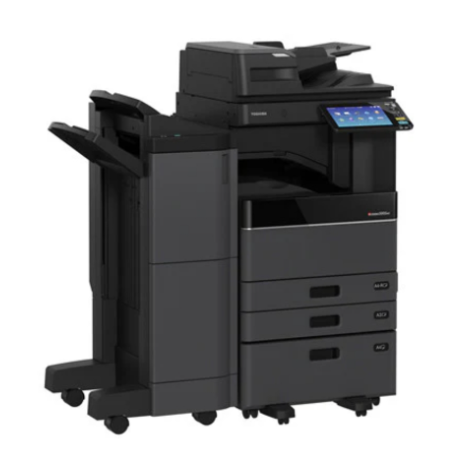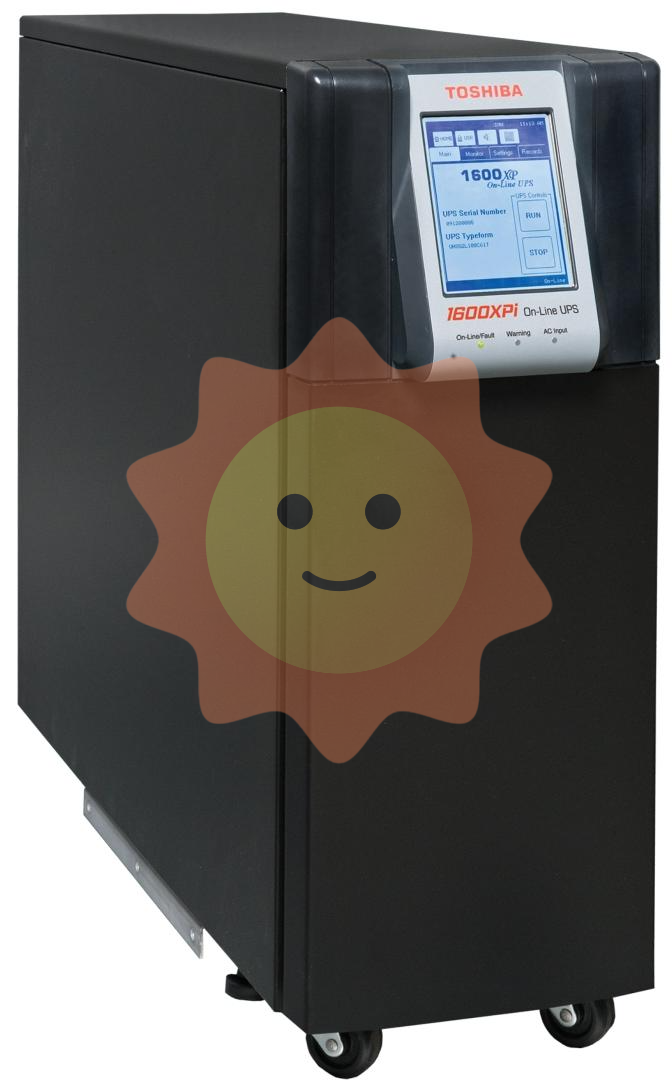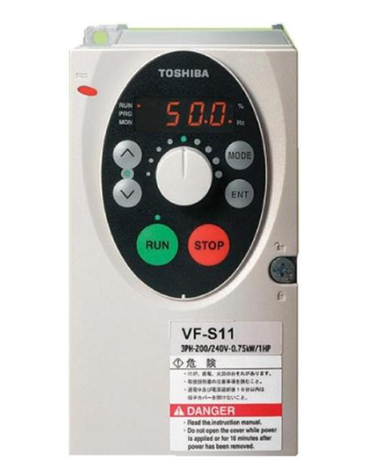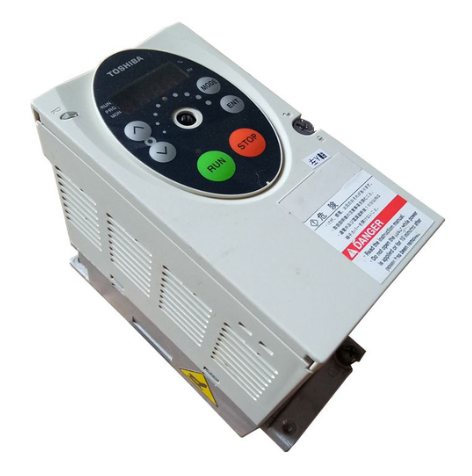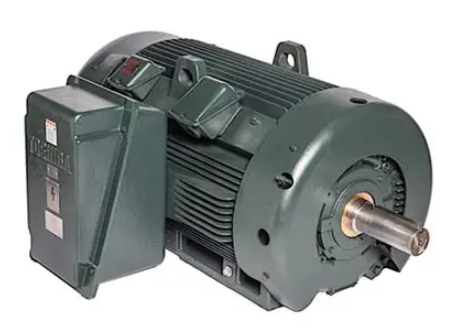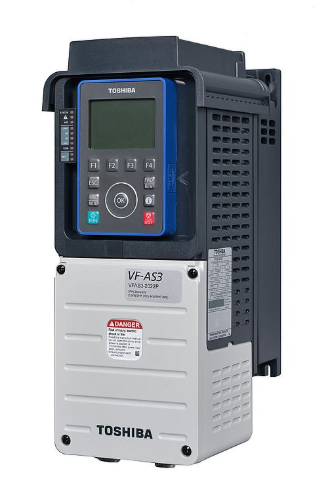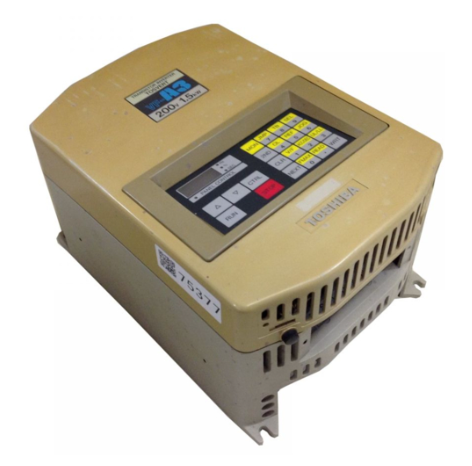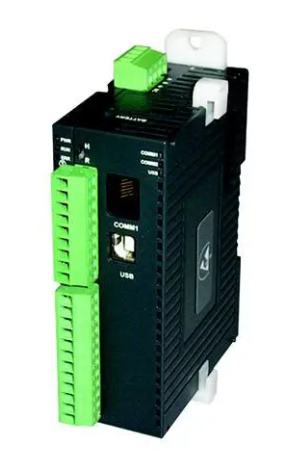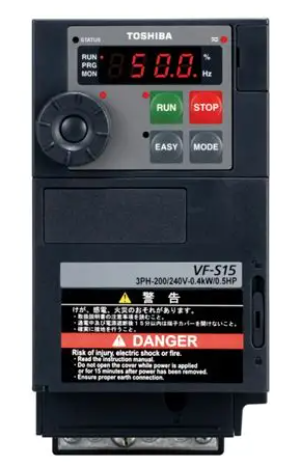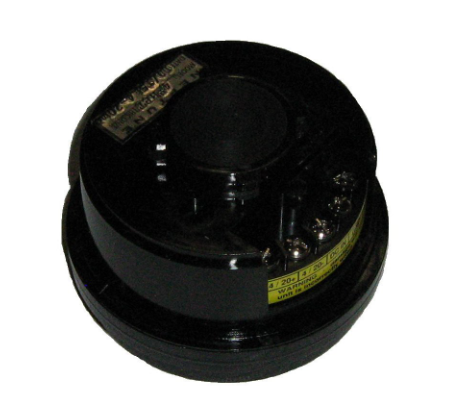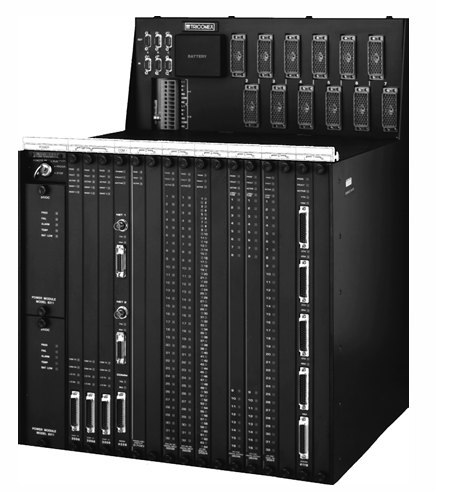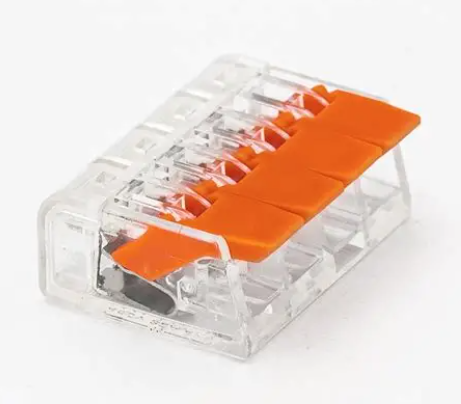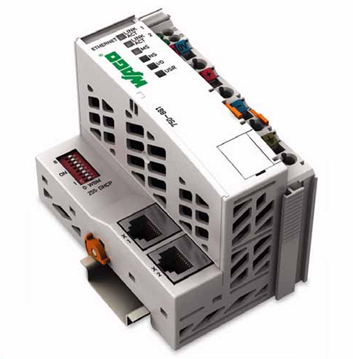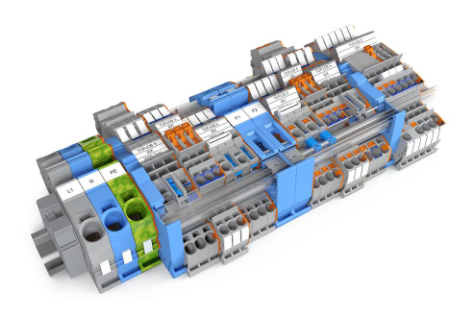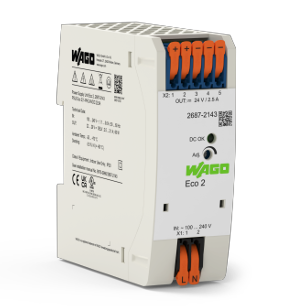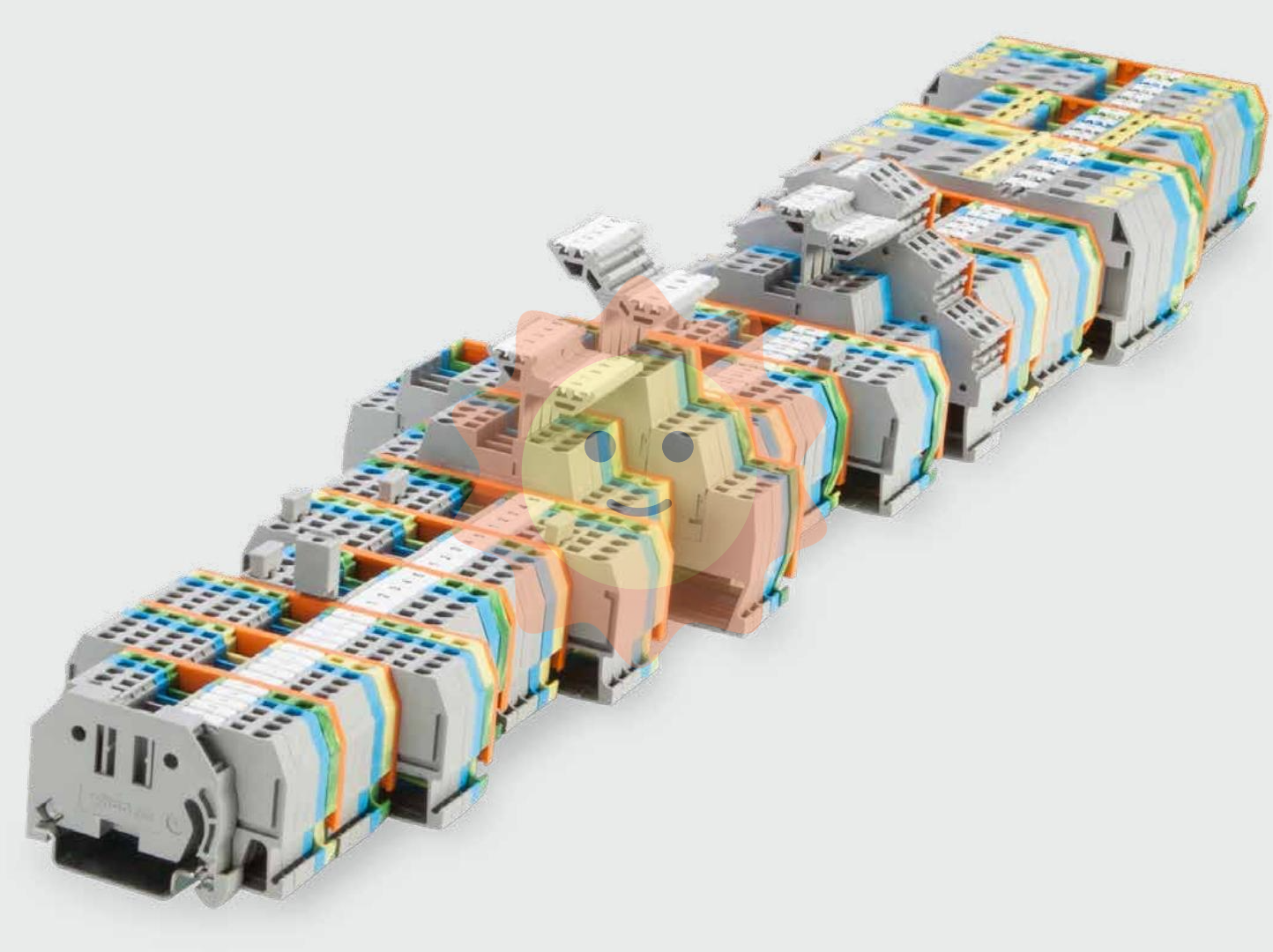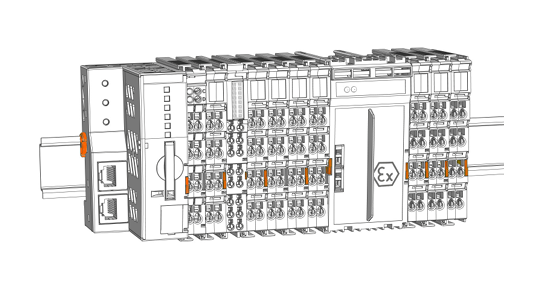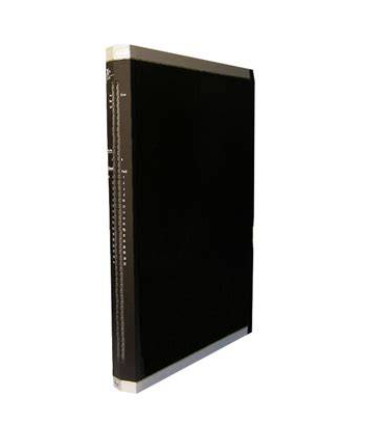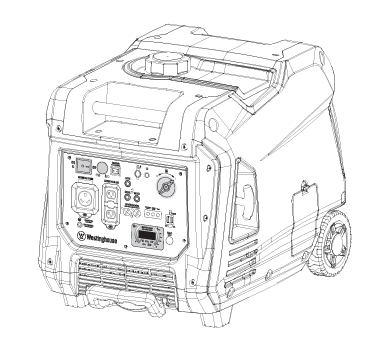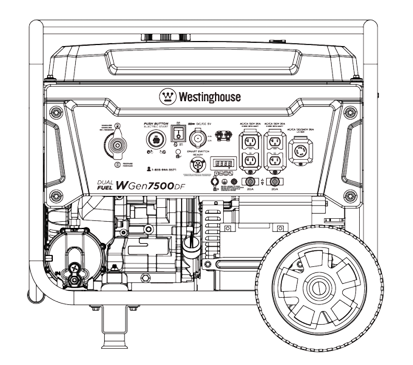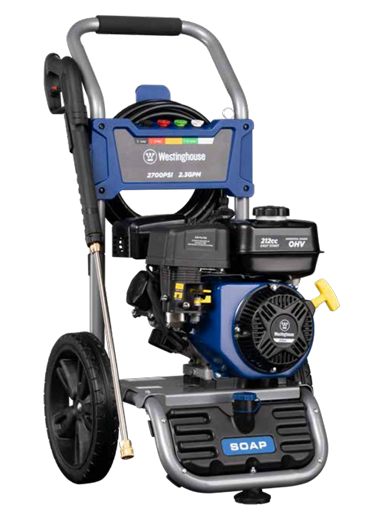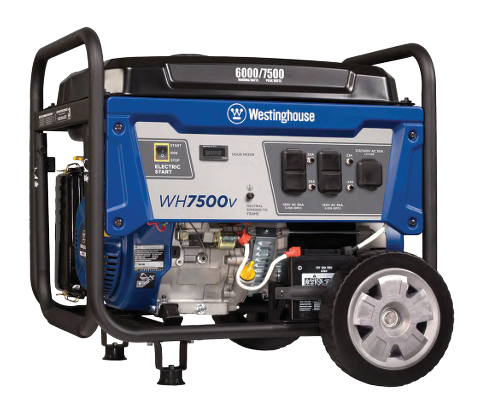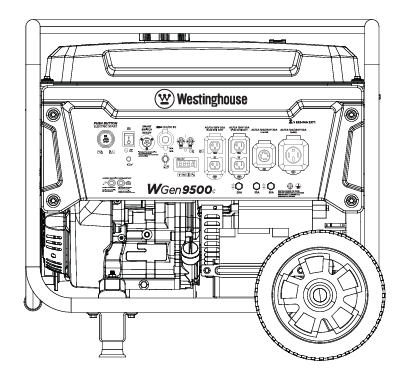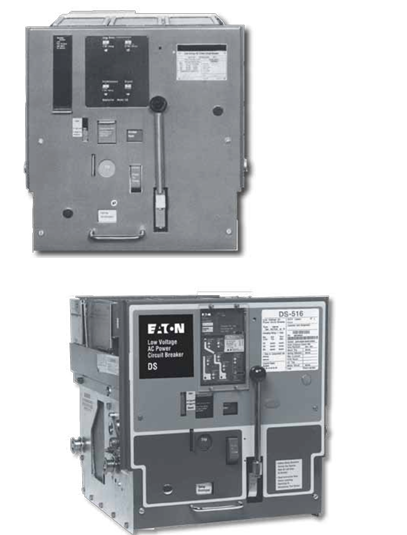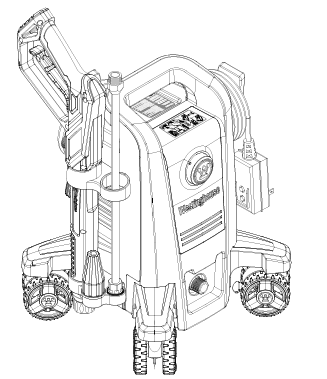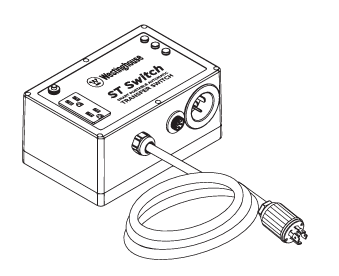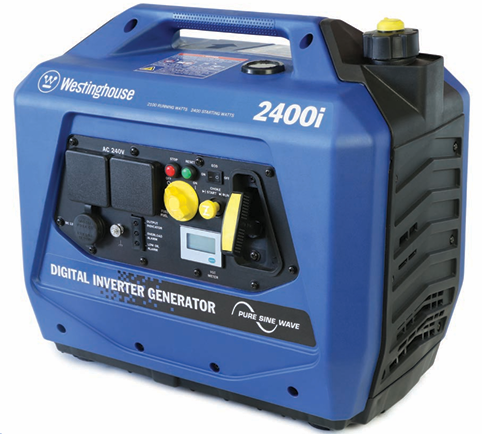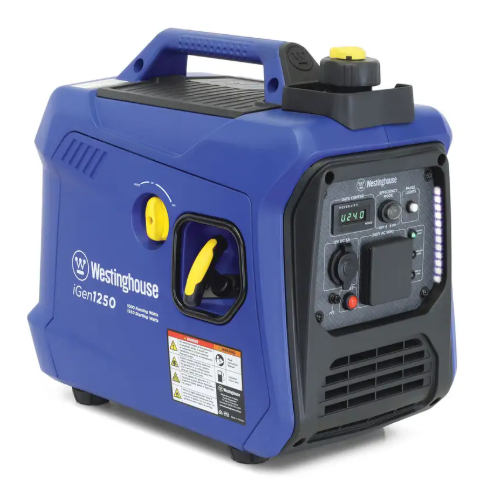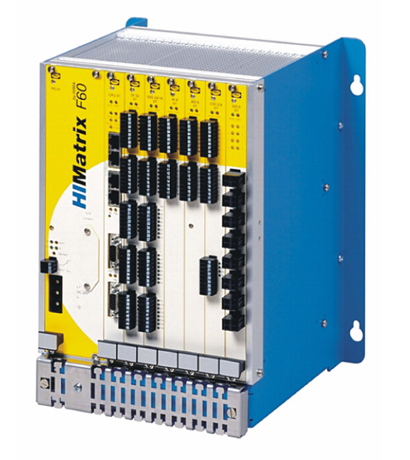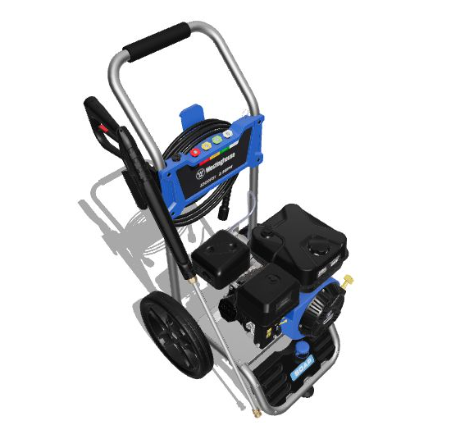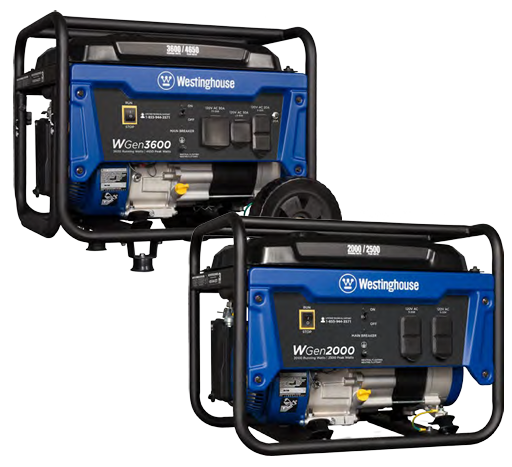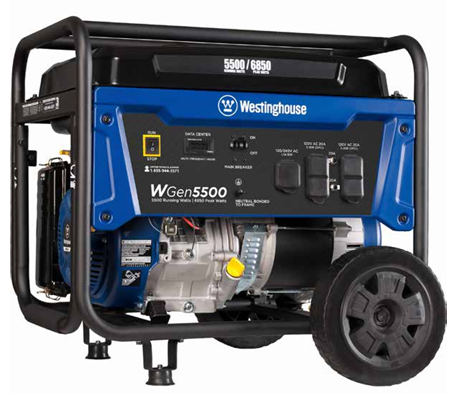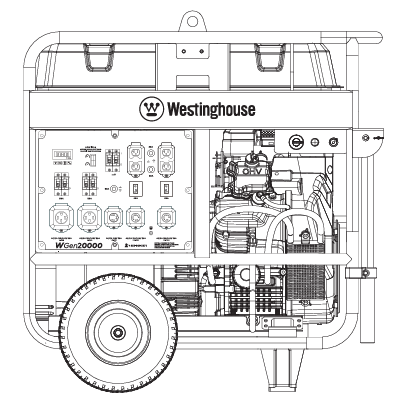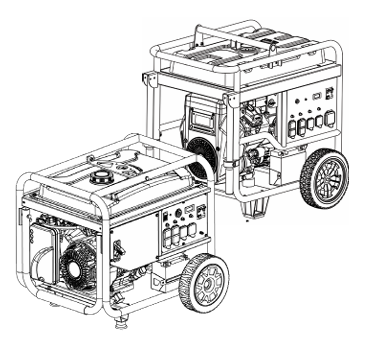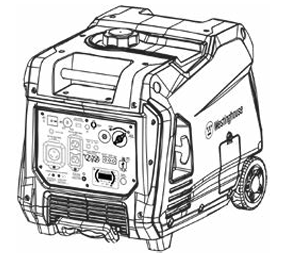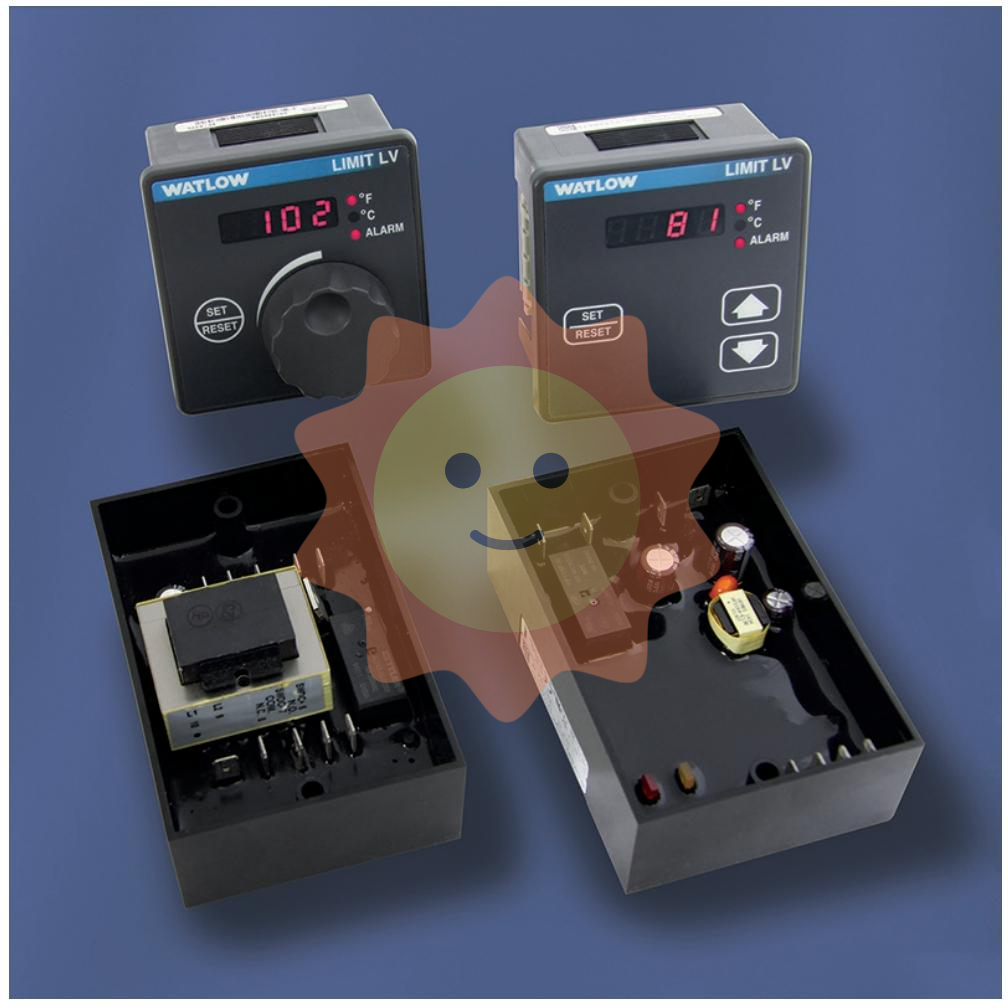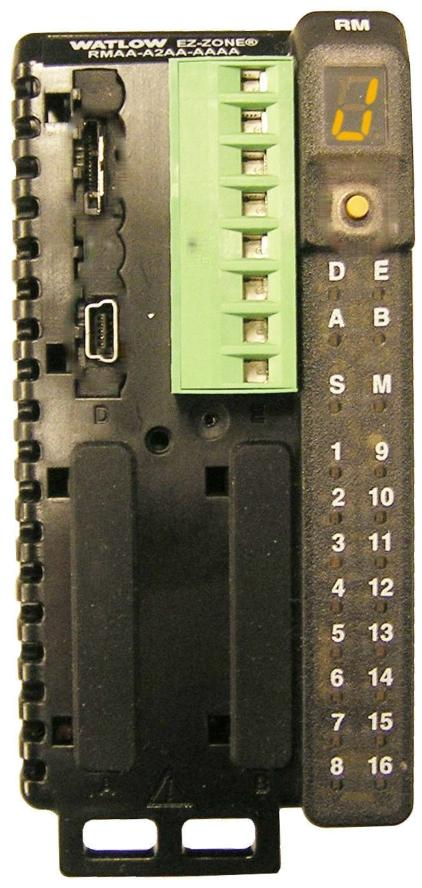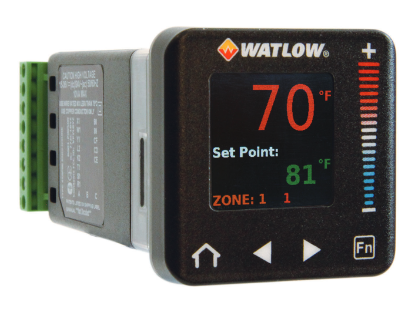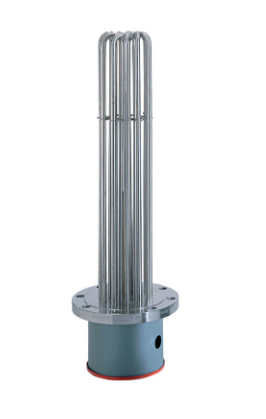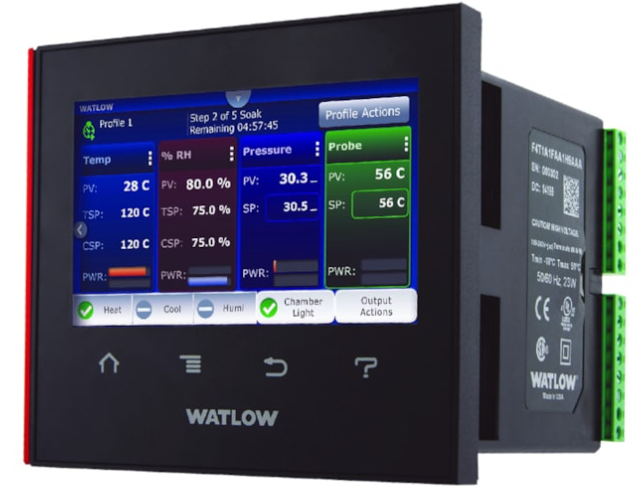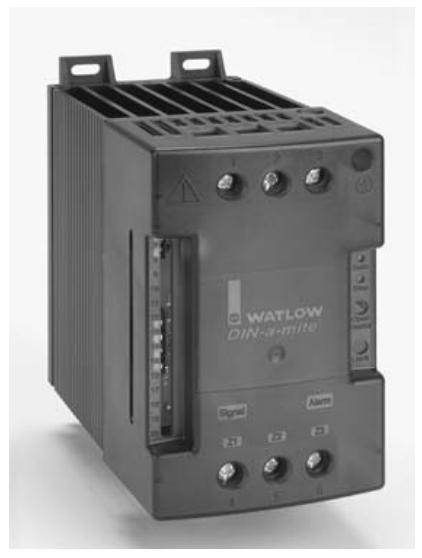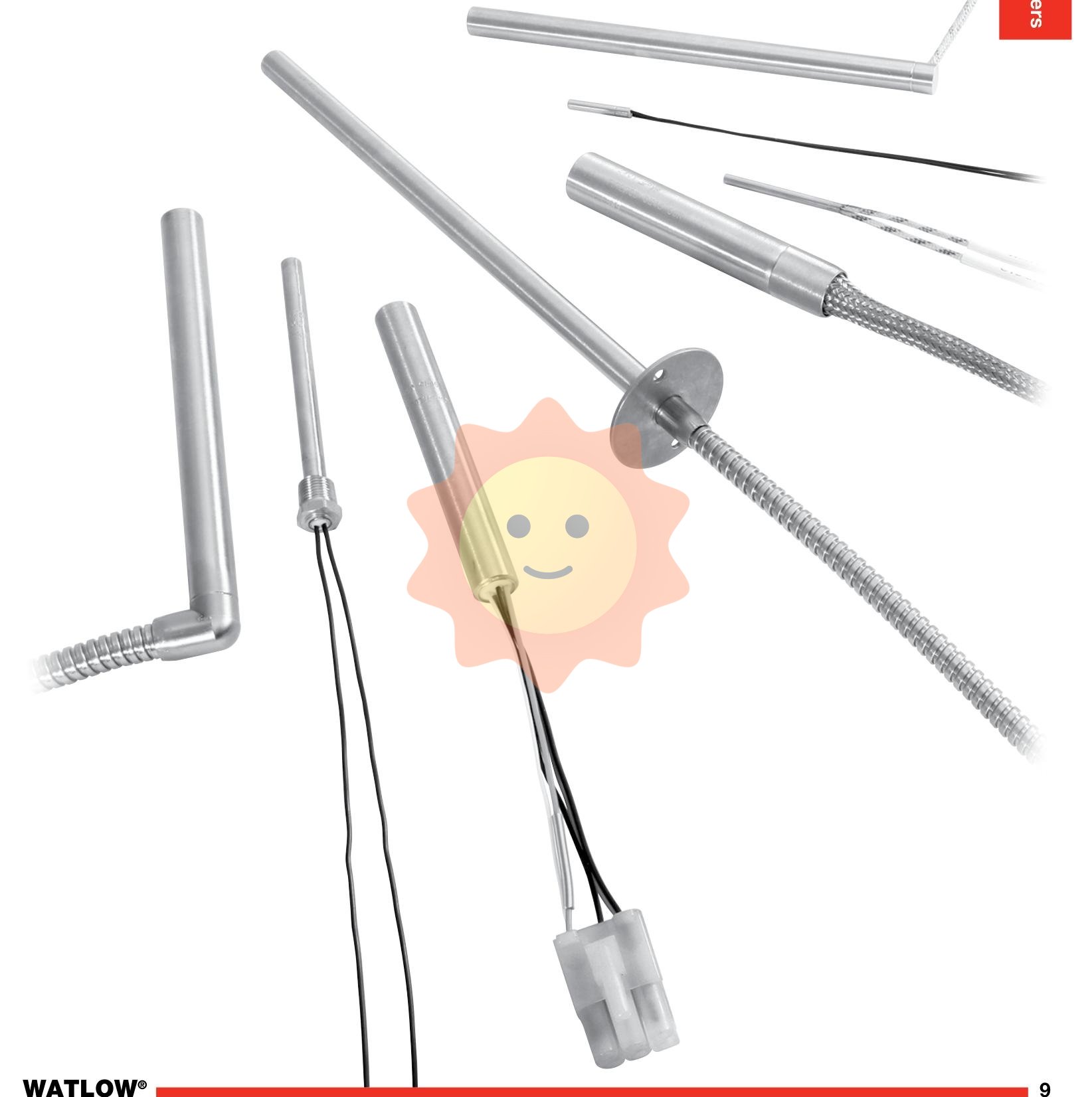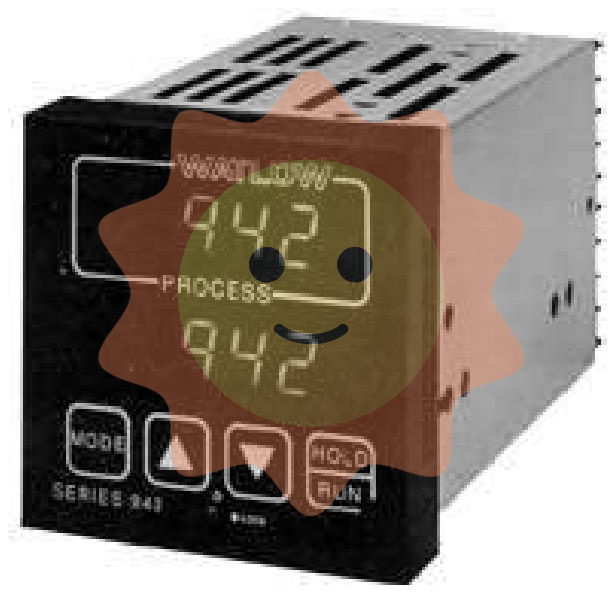ABB Contronic Module PMM 25 H&B Contronic
Basic information
Manufacturer and series: Manufactured by ABB in conjunction with Hartmann & Braun (H&B), it belongs to the H&B Contronic series. This means that it is a tailor-made module for industrial automation control systems, and that the other devices in the series can work together to realise complex industrial control functions.
Part Number and Model Number: The part number PMM 25 has a specific use and functionality within the Contronic family and may be used to control signal processing, data acquisition or other critical operations related to industrial automation.
Dimensions and Weight Estimates (if not explicitly given): Depending on the general condition of the industrial control module, the dimensions may be in the range of 10 - 20 cm in length, 8 - 15 cm in width, and 3 - 8 cm in height. The approximate weight is in the range of 0.3 - 0.8 kg. These dimensions and weights facilitate installation in control cabinets or control boxes of industrial equipment, side-by-side with other modules or via backplane connections.
Performance features
Functional characteristics
Signal Processing Capability: The module may be equipped with powerful signal processing capabilities for a wide range of industrial control signals. It may receive analogue signals (e.g. 0 - 10V, 4 - 20mA, etc.) or digital signals (e.g. switching signals, pulse signals, etc.) from sensors and perform amplification, filtering, conversion and other operations on these signals. For example, amplifying weak sensor signals to a suitable level or converting analogue signals to digital signals for use by the digital processing unit of a control system.
Data Acquisition and Storage Function: It may be able to perform data acquisition, collect data from multiple signal sources, and store it in an internal cache or transfer it to an external storage device through an interface. It may be able to collect data on process parameters such as temperature, pressure, flow rate, etc. at a certain sampling frequency, and may be able to carry out preliminary organisation and storage of the collected data, e.g. sorting and storing it according to time series or data type.
Control function: it is likely to have a certain control function, according to the preset rules or received control instructions to output control signals. For example, when the collected temperature data exceeds the set threshold, it outputs a signal to control the switching on of the cooling equipment; or it adjusts the motor speed according to the speed signal of the production line, so as to realise the automatic control of the industrial process.
Interface and Compatibility
Interface type and diversity: It should be equipped with multiple types of interfaces to enable connection with other devices. This may include analogue input interfaces, analogue output interfaces, digital input interfaces, digital output interfaces, communication interfaces (e.g. RS-232, RS-485, Ethernet interfaces, etc.). These interfaces make it possible to communicate and exchange data with various sensors, actuators, controllers, and monitoring devices. For example, temperature sensors can be connected via the analogue input interface, relays via the digital output interface and communication with the host control system via the Ethernet interface.
System compatibility: Excellent compatibility with the Contronic range of devices from ABB and H&B, as well as with other industrial automation systems. It can be seamlessly integrated into existing control systems, following the communication protocols and data formats of the range and working in conjunction with other modules. For example, in a distributed industrial automation system, it interoperates with other control modules, operator panels, display modules, etc. to perform complex industrial control tasks.
Reliability and Durability
Hardware Reliability Design: High-quality electronic components and rugged housing design are used to ensure long-term stability in industrial environments. Electronic components are strictly screened to withstand a certain degree of temperature changes, electromagnetic interference, voltage fluctuations and other unfavourable factors. The enclosure may be made of metal or high-strength industrial plastics, which are dust-proof, waterproof, and shock-resistant to protect the internal circuits from physical damage.
Software Robustness and Fault Tolerance: In terms of software, it may have a certain degree of robustness and fault tolerance. It is able to deal with abnormal signals, communication interruptions, etc., and will not cause the system to collapse due to transient interference or errors. For example, when temporary data loss or error occurs in the communication interface, it can automatically retransmit data or take preset error handling measures to ensure the normal operation of the system.
Environmental adaptability and service life: It can work normally under a wide range of temperature (e.g. - 10℃ to 55℃), humidity (e.g. 10% - 90% RH) and certain electromagnetic interference, dust, vibration and other environmental conditions. Under normal use and maintenance, it has a long service life and can meet the needs of long-term stable operation of industrial equipment, for example, the service life may be 5 - 10 years or longer, depending on the use of the environment and work intensity.

- User name Member Level Quantity Specification Purchase Date
- Satisfaction :
-









Email:wang@kongjiangauto.com

